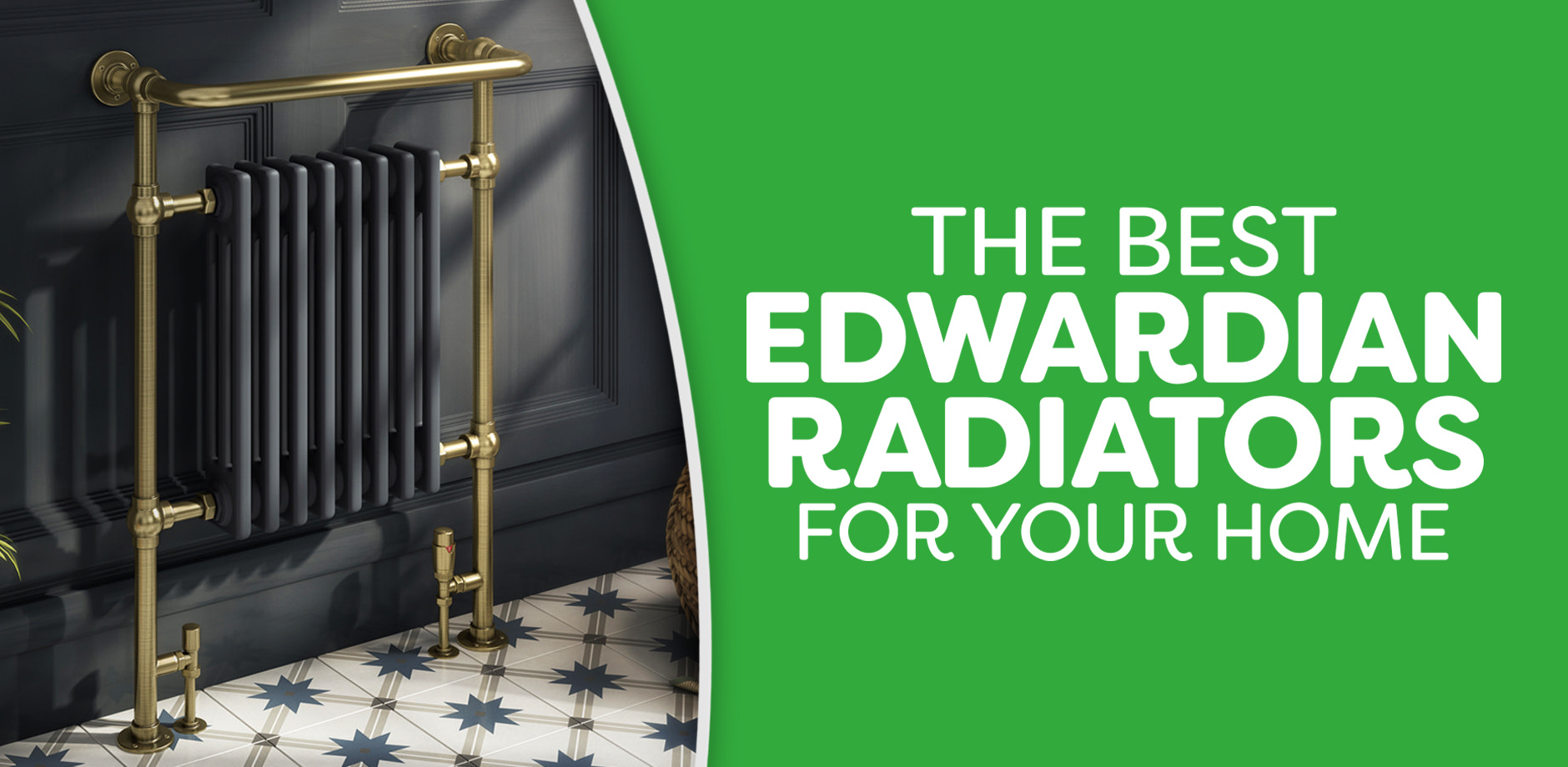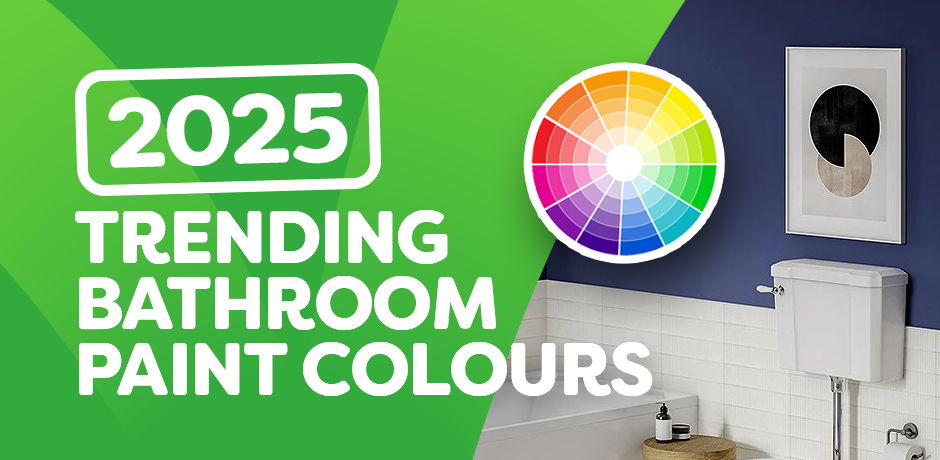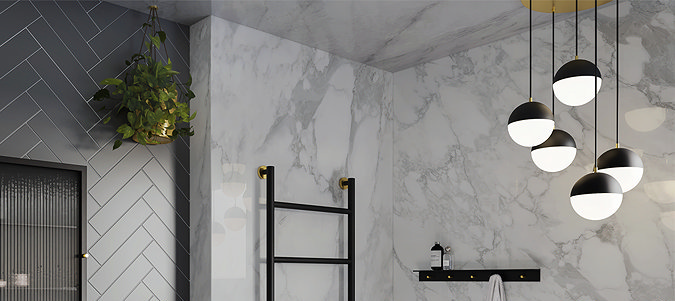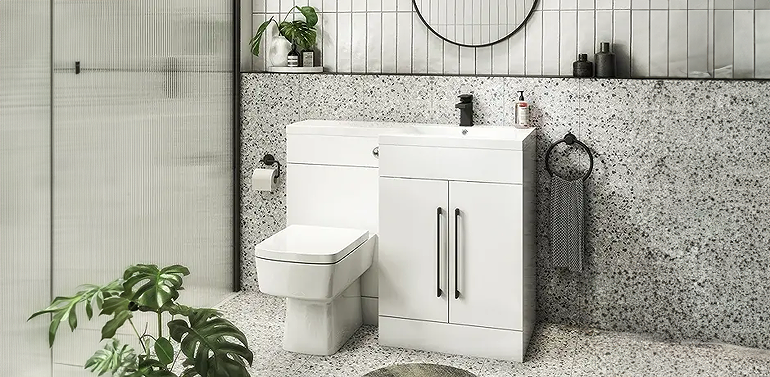EXTRA 10% OFF SHOWERS WITH CODE: SHOWERS10
Free Delivery on Orders Over £499**
best edwardian radiators home
Buying the Best Edwardian Radiators for Your Home
The early 20th century was a golden age for interior design. In this blog, we take a look at Edwardian radiators and how you can bring this regal style to your home.

Alongside traditional and Victorian styles, Edwardian radiators can be found in many homes today, enjoyed by people of all age groups looking for something unique to complement their interior design ideas. While they may have originally been conceived over 100 years ago, their timeless beauty still holds just as much appeal today.
If you are considering buying an Edwardian radiator for your home, read on to find out more about their history and what you should look out for when shopping around.
What are Edwardian radiators?
Edwardian radiators are radiators that we made at the start of the 20th century during the Edwardian period between 1901 and 1914. They are traditional in design and comparable in many ways to those made during the Victorian era, with columns and sections used as part of the structure.
At the turn of the 20th century Edwardian radiators were made from cast iron, while today’s updated models are manufactured using steel. The original classic look has remained the same, as their minimalist style works well in contemporary settings just as well as traditional homes.
The Keswick Cast Iron Style Traditional Column Radiator comes in a range of sizes and column arrangements.
Choosing the right Edwardian radiator for your home
The first place to start when buying any type of radiator—Edwardian in style or not—is to find out how much heat will be required to adequately warm the room. This is referred to as calculating the BTU.
Every radiator is sold with a BTU value, so once you know how much is required for the space, you can then start to narrow down your choices.
Depending on the size of the room, you may only need to buy a single radiator. Larger rooms usually require 2, although the level of insulation you have installed in your home will also play a big role. Properties without sufficient loft insulation could lose a lot of heat through the roof, which will require radiators to produce more heat and produce higher energy bills.
Interior design is important to consider because, if you only require a single radiator, you may need to compensate at the opposite end of the room to ensure there is a stylish balance.
The more sections an Edwardian radiator has, the higher the heat output will be. Bathrooms may only require a radiator with 4–6 columns, while a living room could need a unit with 8 or more.
Colour considerations
The wonderful thing about traditional radiators is their timeless appeal and, because Edwardian units are inspired by designs from the early 20th century, they still feel relevant and can adapt easily to contemporary spaces.
Popular colours of the moment tend to range between white, black and grey, with anthracite also increasing in popularity. Neutral colours are usually the best place to start as they do not clash with most existing interiors and save a lot of time and extra expense in the process.
But as with any radiator—be it modern or retro—Edwardian radiator colour tones can be updated at any time. All it takes is a simple paint job using a specialist metal radiator or metal primer, followed by emulsion paint and clear radiator cover. This means, if you decide to change the décor of the room, the radiator colour can also be changed just as easily.
The beautiful Aston Traditional Heated Towel Rail comes with a vintage-inspired black gloss finish.
Radiator height
While calculating the BTU of an Edwardian radiator is essential, this also has to be balanced with the height and width of the unit. For example, if you intend to install the radiator under a window, in a small room or close to bifold doors, you will have to consider where it can be practically installed and how it will work with the interior design.
Tall, slimline Edwardian radiators can be used in confined spaces without limiting the amount of heat they produce for the room. While the number of columns will be reduced, their height can be increased to compensate, ensuring the surrounding space always remains warm.
Mounting and Accessories
Edwardian radiators can be mounted in a similar way to other traditional and Victorian radiators using methods such as:
Wall Mounting
This involves the use of fixtures to attach the radiator to walls that have enough weight-bearing strength (which is the vast majority).
Supported
A classic style that uses traditional style feet to appear freestanding, but are also attached to the wall for larger, heavier units.
Freestanding
Edwardian radiators that are freestanding are a throwback to vintage styles of the period, and to ensure they are not hazardous to users, mounting feet are secured into flooring using bolts.
Some Edwardian radiators do not come with valves and these can be purchased individually. Vintage options bring the classic style of the unit alive, or if you’re looking for something a little more contemporary, you can opt for modern products.
The use of Edwardian radiators also doesn’t mean you lose control over energy efficiency. While manual styles are available, you can also buy TRV (controlled by thermostat) valves which allow you to manage the heat output and your energy bills.
Shop radiators
Discover the widest range of heating products, including Edwardian radiators, heated towel rails and more at Victorian Plumbing. Shop our extensive range, here.





